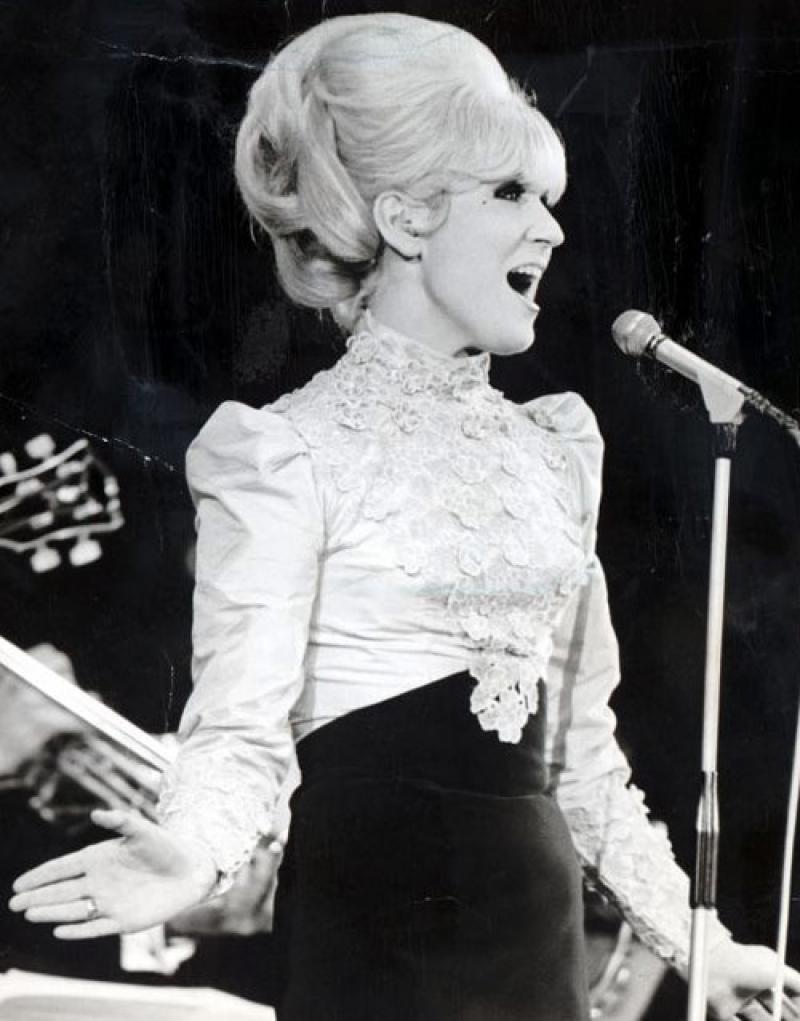Queens of Sound: The Enduring Legacy of Female Singers from the 60s and 70s
Imagine a time of social upheaval, a cultural revolution brewing, and through it all, the soulful voices of women rising to redefine music and challenge expectations. That was the era of the 1960s and 70s, a period when female singers weren't just hitmakers, but icons who reshaped the sonic landscape.
These weren't just women with powerful voices; they were storytellers, activists, and pioneers, using their platforms to speak truth to power and give voice to the changing times. From the soulful cries of Janis Joplin to the ethereal grace of Joni Mitchell, these women shattered glass ceilings in the music industry and etched their names in the annals of music history.
But what fueled this surge of female talent? The answer is multifaceted. The changing social climate, with the rise of feminism and the civil rights movement, provided fertile ground for women to express themselves authentically. Technology also played a role, with the advent of multi-track recording and better amplification allowing for more experimentation and nuance in their music.
And experiment they did. These artists refused to be pigeonholed, defying genre limitations and carving out their own unique sounds. Carole King transitioned from a successful songwriter for others to a powerful singer-songwriter in her own right, while Diana Ross captivated audiences with her electrifying stage presence and dynamic vocals as the lead singer of The Supremes and later as a solo artist.
Their influence wasn't limited to music either. These women became fashion icons, their style as distinct and influential as their sound. Think of the bohemian chic of Joni Mitchell or the glamorous gowns of Diana Ross - their influence transcended the stage and seeped into the very fabric of popular culture.
However, the path to recognition wasn't paved with roses. Female singers of this era faced sexism and prejudice within the music industry, often battling for equal pay, artistic control, and respect. Many were relegated to being seen as "girl singers" rather than serious musicians, their talent often overshadowed by their gender.
Despite the obstacles, their impact is undeniable. These women laid the groundwork for future generations of female musicians, proving that women could not only break into a male-dominated industry but redefine it entirely. Their music continues to resonate today, a testament to the timelessness of their artistry and the enduring power of their message.
Advantages and Disadvantages of Exploring the Music of Female Singers from the 60s and 70s
| Advantages | Disadvantages |
|---|---|
| Discovering a wealth of diverse and influential music. | Limited access to some recordings or artists due to historical context. |
| Gaining insights into the cultural and social landscape of the 60s and 70s. | Potential biases or limited perspectives in some historical accounts of the era. |
| Appreciating the innovation and creativity of these pioneering artists. | Difficulty in finding comprehensive information on lesser-known artists from the era. |
For music lovers, exploring the music of female singers from the 60s and 70s is a journey of discovery, a chance to experience the raw talent and unyielding spirit that defined a generation. From the powerful anthems to the intimate ballads, their music continues to inspire, empower, and remind us of the transformative power of a song.
So, if you're looking for music that moves you, challenges you, and stays with you long after the last note fades, delve into the world of female singers from the 60s and 70s. You might just discover your next musical obsession.
Mastering the art of anime girl outfit design
Xiao bao ying shi a glimpse into everyday elegance
Dress sharp after 40 the mature mans guide to effortless style














